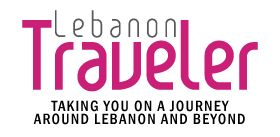At BlattChaya, each tile tells a story, not just of Lebanese heritage but of resilience, artistry and an unwavering commitment to quality. In this interview, the firm’s general manager Karim Chaya takes us through the origins of BlattChaya, the legacy it honors and the vision that continues to shape its vibrant future.
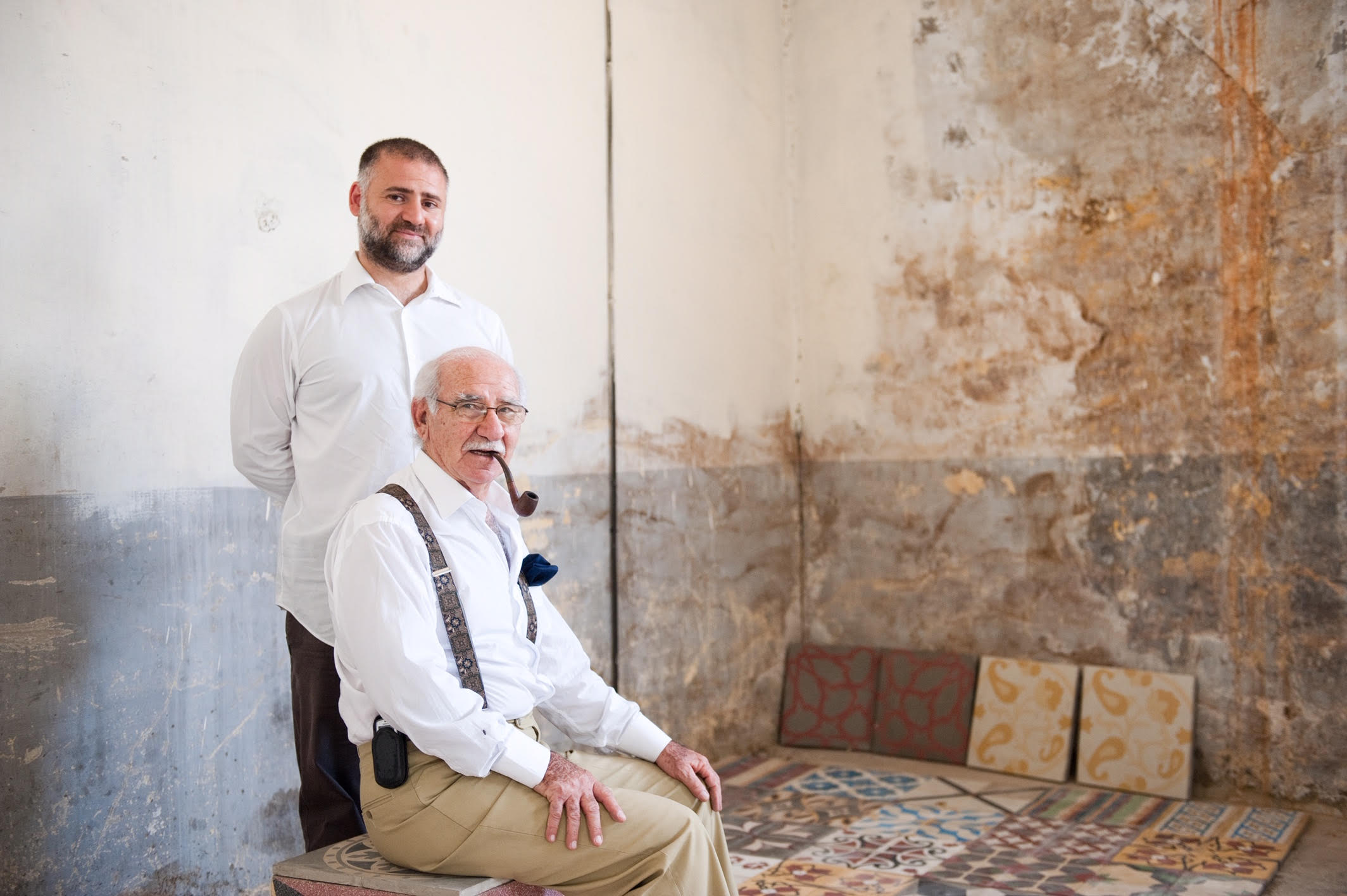
How did BlattChaya begin?
The company was originally established around 1881, but the story of what you see today really began again in the mid 1990s. My father, Edgard, worked in finance and foreign exchange during a time when Lebanon was a thriving business hub. Hotels, companies, even banks, would exchange money and precious metals through firms like his. But when the war broke out, everything changed. His main office was in Downtown Beirut, right at the center of the chaos. With the financial meltdowns — long before the current crisis — he was effectively pushed into early retirement. He always used to say that retirement was more tiring than working. He just couldn’t sit still.
Then, one day, a cousin of his sent him an old wooden chest, which is actually still in his office, here at BlattChaya. She told him: “I don’t have any kids, and this is important family heritage. I want you to keep it.” Inside, he found bits and pieces of bronze that didn’t seem to mean much at first. But then he picked up one that wasn’t broken. When he held it up, something about the design clicked. It was a tile pattern — one he had seen in homes all around Beirut and Lebanon. Suddenly, memories came rushing back.
He remembered that his grandfather and his uncle (his cousin’s father) used to make these tiles. As a child, my dad would visit their factory. One memory that stuck with him was the sound of a donkey-drawn cart hauling pebbles to the factory. When the cart tilted, the pebbles would spill out — making a loud noise like a rainstick — and that sound stayed with him over the years. With his natural curiosity, handy work and his love for craft, he decided he wanted to learn how to make those tiles again. He thought it might be a family tradition worth reviving.
So, despite the fact that nobody in Lebanon was making traditional colored cement tiles anymore — no one seemed interested in the craft — he started researching the process. This wasn’t about starting a business; it was more of a personal challenge driven by curiosity and determination. It took him four years to relearn the art of tile-making. And after all that effort, here we are.
What can you tell us about the way you produce tiles and what makes BlattChaya unique?
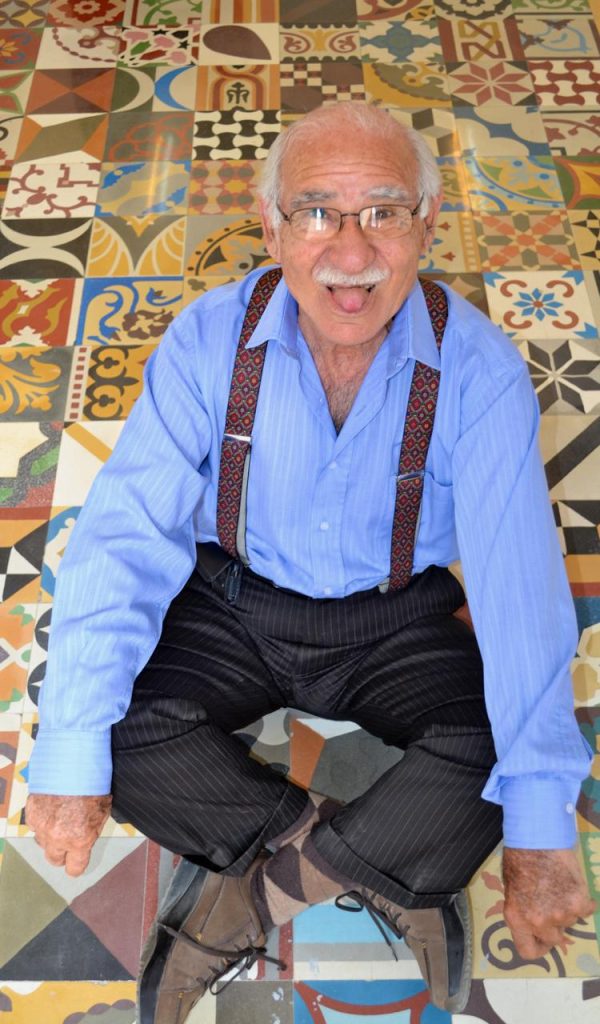
When we revived the brand in 1996, tiles weren’t in demand. As I mentioned, our journey started more as a personal passion project driven by curiosity and craftsmanship. Through years of trial and error, and even learning from an old craftsman who once worked at the original BlattChaya, we gradually rebuilt the process.
What makes us unique is our philosophy: “Evolving towards the past.” We create tiles designed to last generations — durable enough to be reused or naturally ground up and returned to the earth without harming it. Every tile reflects our commitment to authenticity, sustainability and timeless design.
How do you think tiles are linked to Lebanese identity?
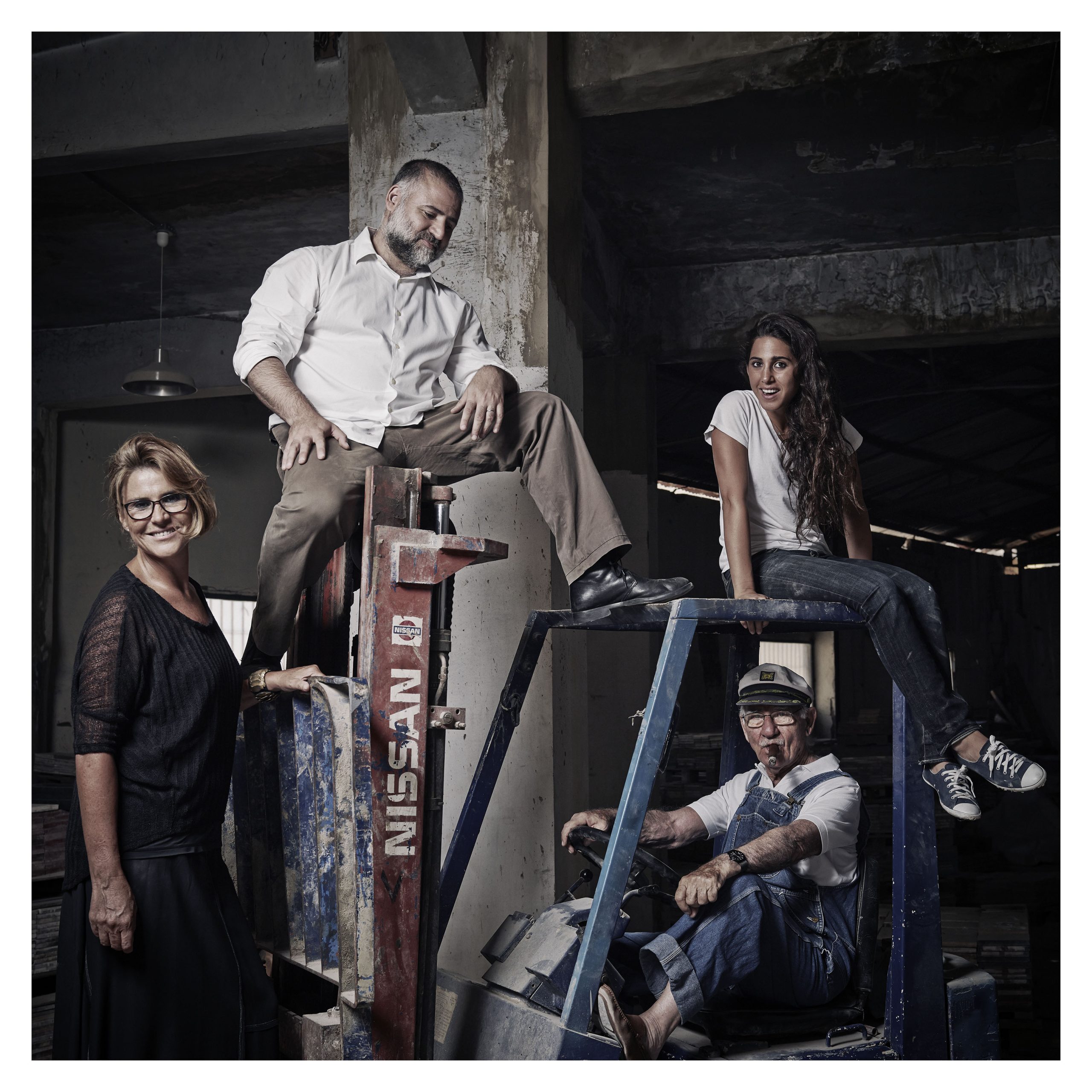
In Lebanon, we have very specific design motifs that people feel strongly about. For example, the traditional triple-arched windows, the flat roof tiles native to our region and the pitched terracotta tiles that were introduced later from places like Italy and the South of France. These elements are visually tied to memories and a shared past.
There’s a real emotional connection to these styles. People who grew up around them might not have paid much attention at the time but now they feel a deep sense of nostalgia when they see them. That nostalgia has led to a renewed interest — people are finding ways to reinterpret traditional tile patterns and colors in contemporary designs. It’s not about modernizing for the sake of change but about keeping that cultural thread alive in a way that feels relevant today.
So, in that sense, tiles are more than just decoration — they’re a visual language of memory, heritage and identity in Lebanon.
How have you made tiles more accessible?
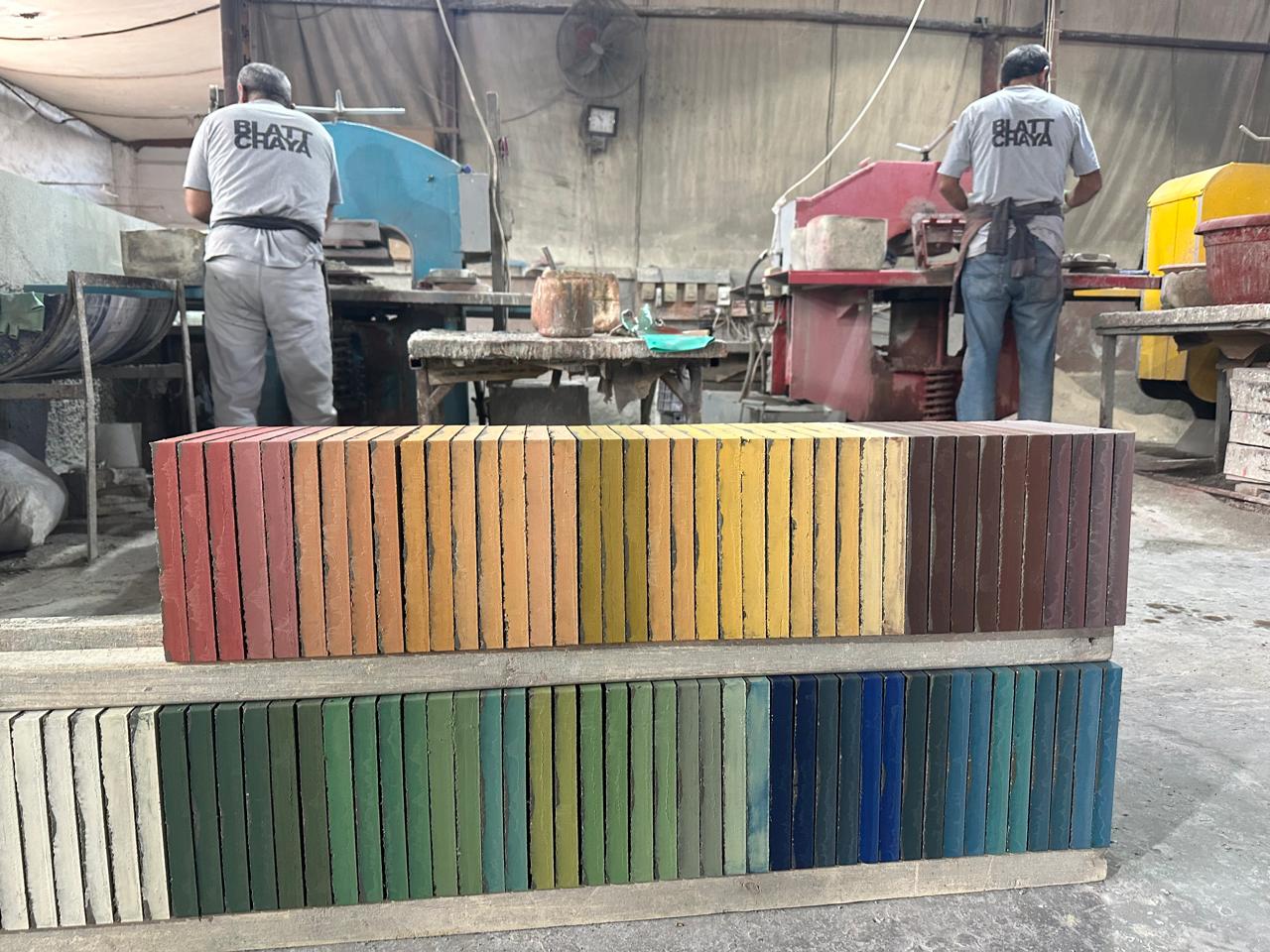
We’ve also worked on adapting the tiles for more versatile use. Traditionally, decorative tiles weren’t placed on walls — only plain ones were. Now, we’re thinning them so they’re lighter and can be used on walls, countertops, backsplashes, tables, bars and, of course, we also encourage people to use them outdoors (on balconies, terraces, in the garden, pools and so forth). So part of making them more accessible is also about making them more adaptable to different spaces and purposes.
Beyond that, we’ve reimagined the tiles in other forms. For example, my niece Youmna started creating platters from cut tiles for a charity sale which led to pouring colored cement into new shapes—bowls, planters, doorstops and more. We’re now not only making the tiles themselves more accessible but also rethinking the material to reach people in new creative ways.
If you enjoyed reading this, check out our interview with artist Ghazi Baker.
Loading